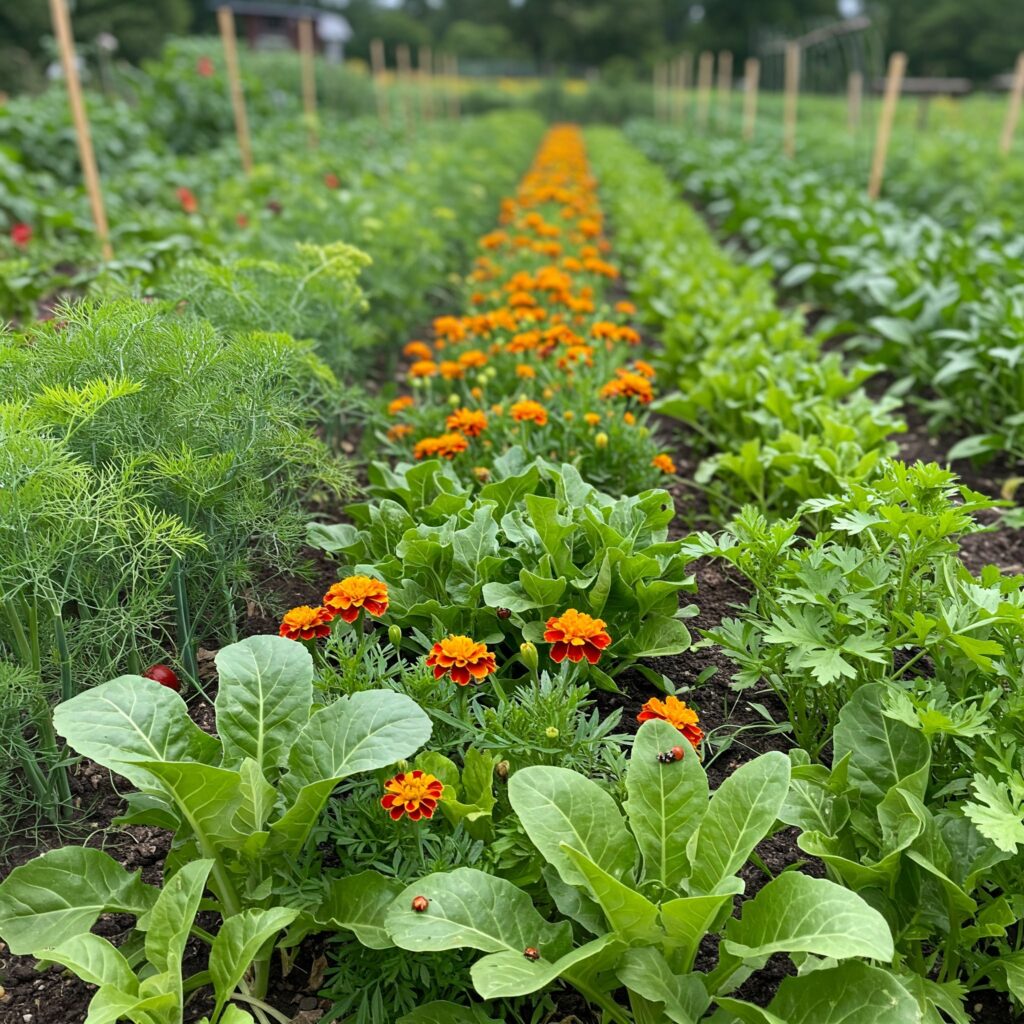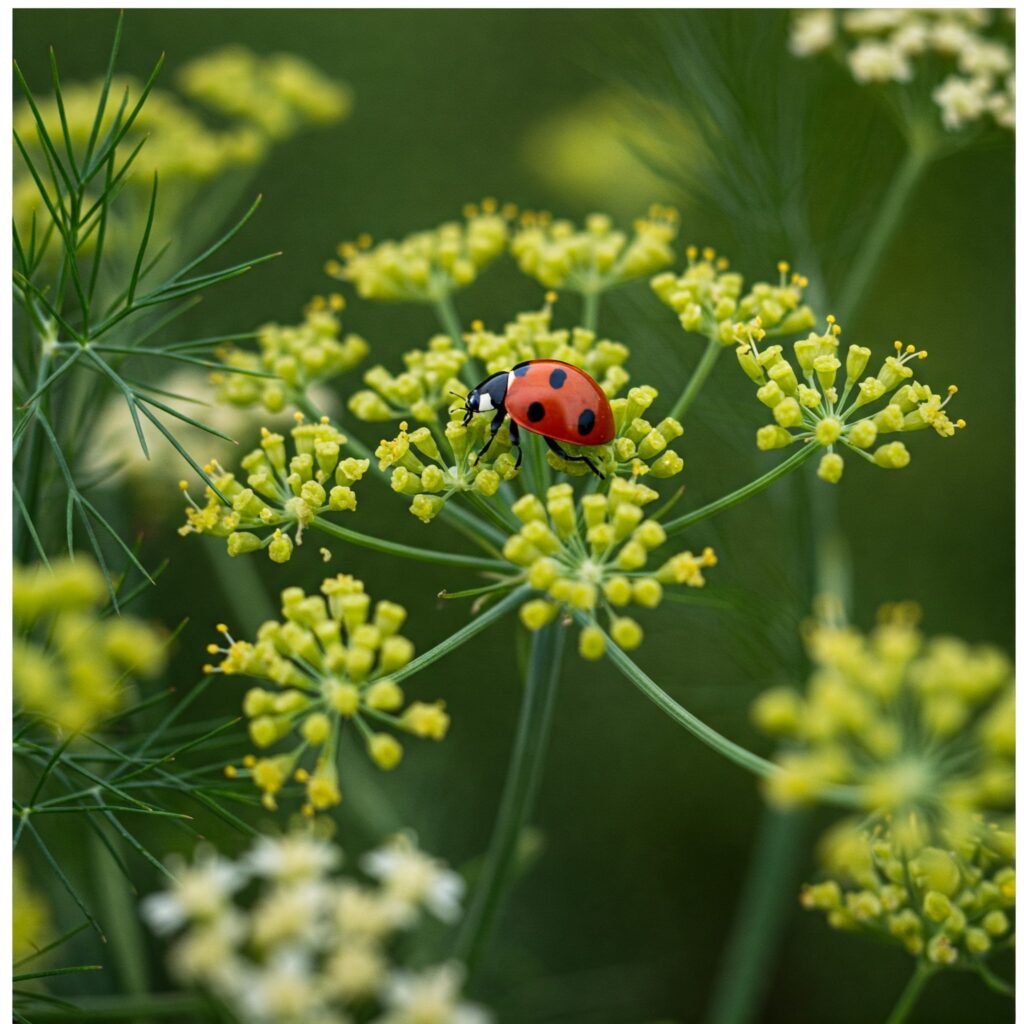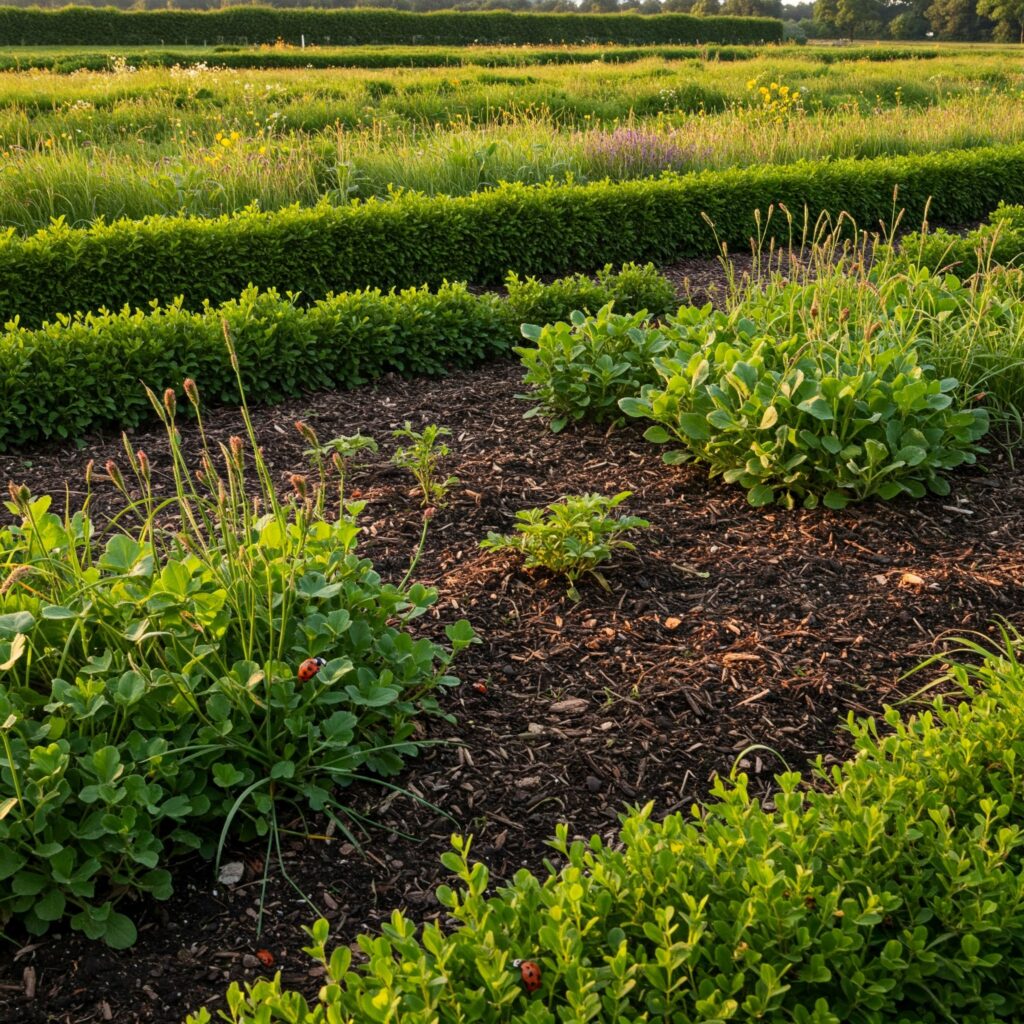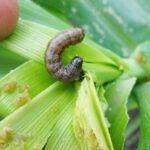The Environment Also Cultivates Allies
Ladybugs are beneficial insects that help control populations of pests such as aphids, scale insects, and whiteflies. However, their effectiveness depends not only on releasing them in the field but also on creating a favorable habitat that allows them to establish and reproduce. Designing an agricultural environment that favors beneficial insects like ladybugs is a key practice in agroecological management and integrated pest management (IPM).

This article describes how to plan and maintain crops that attract and retain ladybug populations naturally, improving the ecological balance of the agroecosystem.
Why Attract Ladybugs Instead of Just Releasing Them?
Although commercial ladybug release programs exist, they often leave the crop if they do not find favorable conditions. Therefore, encouraging their natural presence and permanence through food resources, shelter, and diverse habitats is more effective and sustainable in the long term.
Attraction strategies allow ladybugs to develop their complete life cycle in the crop, maintaining a stable population ready to act against any pest outbreaks.
Plants That Attract Ladybugs: Functional Design of Margins
One of the most effective methods for attracting and conserving ladybugs is the use of companion plants. These plants provide them with nectar, pollen, microhabitats, and sometimes even alternative prey.

Recommended Plants to Attract Ladybugs
- Cilantro (Coriandrum sativum): umbelliferous flowering ideal for nectar.
- Dill (Anethum graveolens): powerful attractant for adult ladybugs.
- Fennel (Foeniculum vulgare): provides pollen and vertical structure.
- Marigold (Calendula officinalis): in addition to attracting, it acts as a trap plant for pests.
- Yarrow (Achillea millefolium): excellent source of nectar and shelter.
Management Considerations
- It is recommended to establish these plants on edges, intermediate lines, or islands within the crop.
- It is important to stagger planting to maintain continuous flowering throughout the crop cycle.
- Insecticides should not be applied to these auxiliary plants.
Ecological Infrastructure and Natural Refuges
In addition to plants, the physical environment can also favor the establishment of ladybugs. Ecological infrastructure improves functional biodiversity and provides refuges against extreme weather conditions and natural enemies.
Strategies to Create Refuge
- Wild vegetation strips: conserve uncultivated areas with native or naturalized flora.
- Living fences or multi-species hedges: plant barriers that also favor other natural enemies.
- Soil cover with organic mulch: improves humidity and generates microhabitats.
- Avoid the use of synthetic pesticides in refuge areas.

Synergy with Other Integrated Management Practices
Fostering ladybugs is not isolated from other agricultural practices. It is an integral part of IPM and is complemented by other actions such as pest monitoring, the use of traps, the management of economic thresholds, and crop rotation.
A combined strategy improves the resilience of the system and reduces dependence on agrochemicals.
 AgronoBlog – Agriculture Blog
AgronoBlog – Agriculture Blog 

